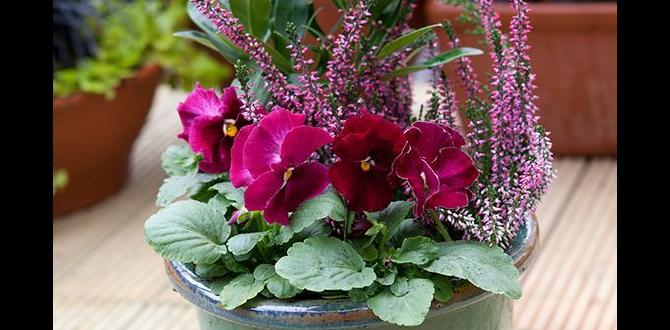Epiphyllum Oxypetalum, also known as the Queen of the Night, is a stunning and delicate plant that belongs to the cactus family. It is famous for its large, fragrant flowers that bloom only at night, making it a highly coveted plant among collectors and garden enthusiasts.
However, caring for this plant can be quite challenging, as it requires specific conditions and attention. To ensure that your Epiphyllum Oxypetalum thrives and produces beautiful blooms, it is crucial to understand its unique needs and provide adequate care.
We will discuss how to care for Epiphyllum Oxypetalum, from proper lighting and watering to pest control and propagation methods. By following these tips and techniques, you can create a thriving environment for your Epiphyllum Oxypetalum and enjoy its alluring beauty for years to come.
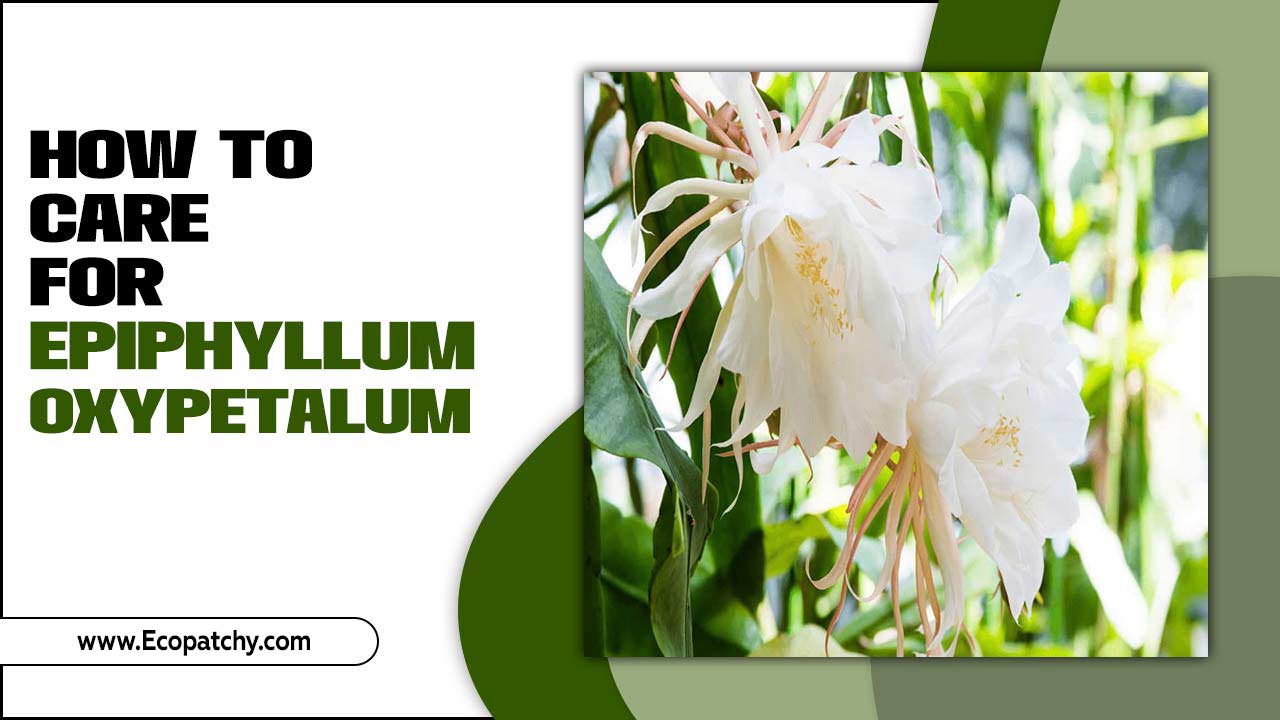
8 Way On How To Care For Epiphyllum Oxypetalum
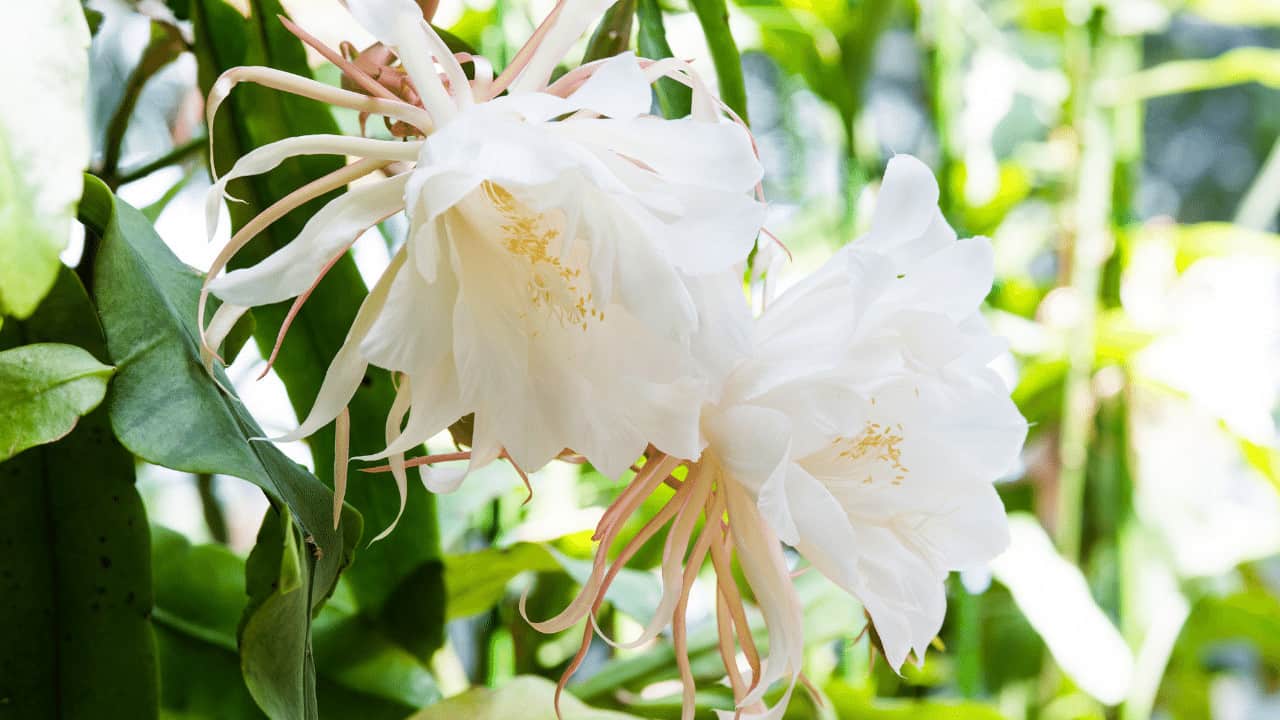
Understanding how to care for Epiphyllum Oxypetalum, commonly known as the Queen of the Night or Night-blooming Cereus, is essential for any plant enthusiast or horticulturalist. This unique and exotic plant is renowned for its stunning, fragrant flowers that bloom only at night, captivating anyone who witnesses its beauty.
Proper care and attention are crucial to ensure the health and longevity of this exquisite species. One of the primary reasons why it is important to know how to care for Epiphyllum is to promote optimal growth and flowering. These plants thrive in warm and tropical climates, requiring specific conditions such as well-draining soil, bright but indirect sunlight, and regular watering.
1.Soil

Epiphyllum oxypetalum, commonly known as the Queen of the Night or the Night-blooming Cereus, is a captivating and delicate plant that requires proper care to thrive. One essential aspect of its care is paying attention to the soil it is planted in.
The soil plays a crucial role in providing the necessary nutrients and support for the epiphyllum oxypetalum’s growth and development. When it comes to choosing the right soil for this species, it is crucial to opt for a well-draining mixture.
Epiphyllum oxypetalum prefers soil that allows excess water to flow away easily, preventing the roots from becoming waterlogged. A mix of peat moss, perlite, and sand can provide the perfect balance between moisture retention and proper drainage.
2.Light
Epiphyllum oxypetalum, commonly known as the Queen of the Night or Night-Blooming Cereus, is an exquisite flowering plant that enchants with its fragrant, nocturnal blossoms. Caring for this unique epiphytic cactus requires a delicate touch and a keen eye for its specific needs.
One of the most important factors to consider when caring for Epiphyllum oxypetalum is light. Providing the right amount and quality of light is crucial for the plant’s overall health and blooming potential. Ideally, Epiphyllum oxypetalum thrives in bright, indirect light.
Placing the plant near a north or east-facing window is ideal, as it allows for sufficient light exposure without the risk of scorching the delicate foliage. However, it is crucial to shield the plant from direct sunlight, as this can lead to leaf burn and hinder growth.
3.Watering
Caring for Epiphyllum Oxypetalum, commonly known as the Queen of the Night or Night Blooming Cactus, requires attention to detail and a proper watering regimen. Epiphyllum Oxypetalum is a unique plant that thrives in tropical and subtropical regions, known for its stunning nocturnal blossoms. To ensure the health and vitality of this exotic plant. It is crucial to understand the correct way to water it.
The watering needs of Epiphyllum Oxypetalum are unique as they are epiphytic plants that grow on trees or rocks in their natural habitats. Mimicking their natural environment is key to their successful growth. When it comes to watering, it is essential to strike a balance between providing enough moisture for the plant without overwatering it.
4.Temperature And Humidity
Regarding caring for Epiphyllum Oxypetalum, also known as the Queen of the Night or Night Blooming Cereus. Paying attention to temperature and humidity levels is crucial. This unique plant thrives in specific conditions, and maintaining the right environment is essential for its growth and blooming.
Epiphyllum Oxypetalum prefers a temperature range between 60°F-80°F (15°C-27°C). It is important to avoid extreme temperature fluctuations, as it can stress the plant and hinder its development. To create a suitable environment, place the plant in a location with consistent temperature levels and away from drafts or direct heat sources.
5.Humidity
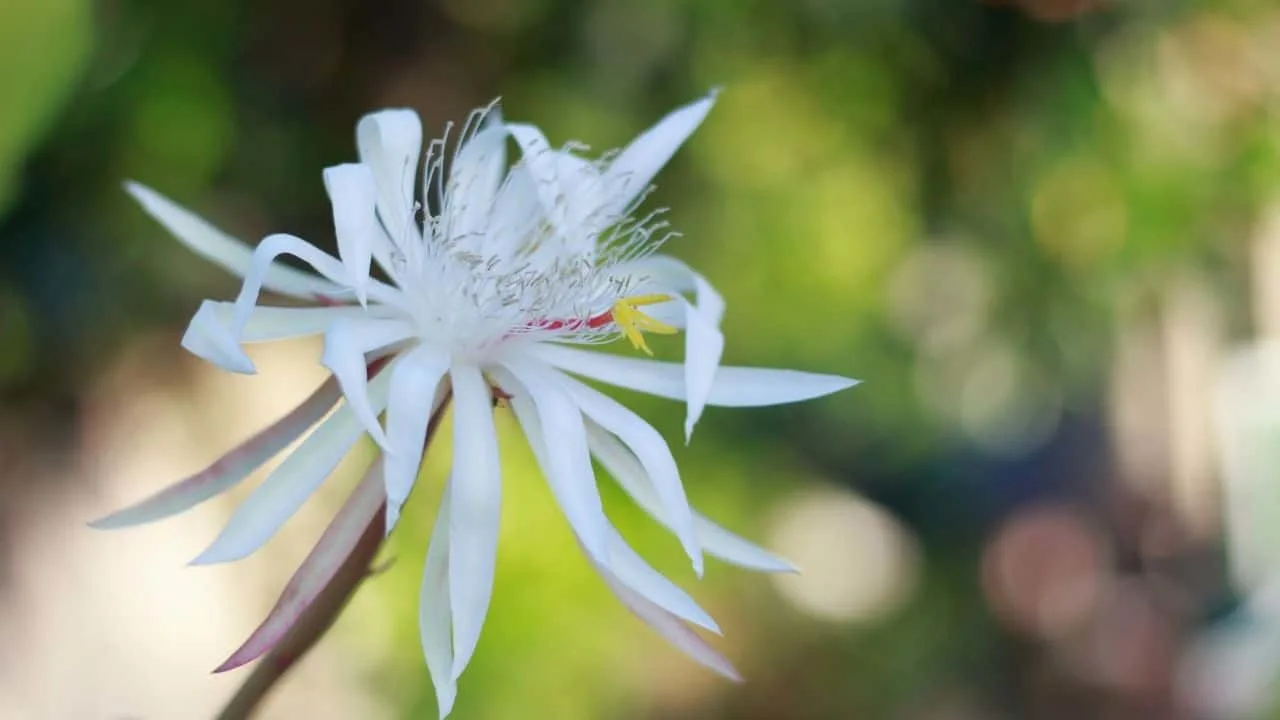
Epiphyllum oxypetalum, commonly known as the Queen of the Night or Night-blooming Cereus, is a stunning epiphytic cactus native to Central and South America. This unique plant is renowned for its exquisite, fragrant flowers that bloom only at night.
To ensure the optimal growth and health of your Epiphyllum oxypetalum, proper care and attention must be given, including managing humidity levels. Humidity plays a crucial role in the overall well-being of Epiphyllum oxypetalum. These plants thrive in environments with moderate to high humidity levels, closely resembling their natural habitat.
A humidity level of around 50-60% is ideal for promoting healthy growth and abundant blooms. One effective way to maintain the desired humidity is by placing a tray filled with water near the plant. As the water evaporates, it increases the moisture in the surrounding air.
6.Fertilizer
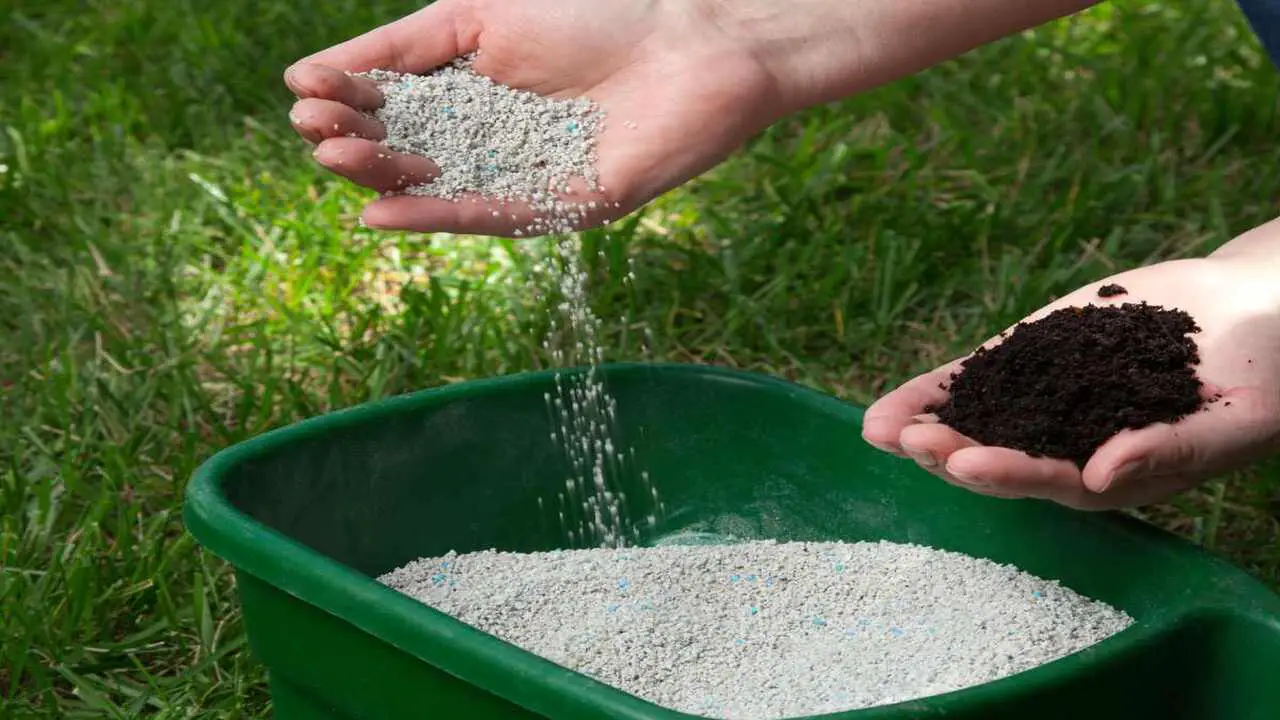
Epiphyllum Oxypetalum, commonly known as the Night Blooming Cereus or Queen of the Night, is a stunning flowering plant that deserves special care to thrive. One crucial aspect of caring for this plant is choosing the right fertilizer.
Fertilizer provides essential nutrients that promote healthy growth and vibrant blooms. When selecting a fertilizer for Epiphyllum Oxypetalum, it is important to choose a formula that is specifically schematic for cacti and succulents. These types of fertilizers contain the ideal balance of nutrients, including nitrogen, phosphorus, and potassium, which are necessary for optimal plant health.
To care for Epiphyllum Oxypetalum. It is recommended to use a slow-release, balanced fertilizer, such as a 10-10-10 or 14-14-14 formulation, during the growing season. This will ensure a steady supply of nutrients without the risk of over-fertilization.
7.Propagation
Epiphyllum Oxypetalum exotic and delicate blooms make it a popular choice among plant enthusiasts. To ensure its healthy growth and vibrant blossoms, proper care and propagation techniques are essential. Propagation is the process of multiplying plants, and for Epiphyllum oxypetalum, it can be achieved through various methods. One effective way is by using stem cuttings.
Carefully selected healthy stems should be cut from the parent plant, ensuring that each cutting has at least three segments. It would be best if you then left the cuttings to dry for a couple of days to prevent rotting.
Afterward, they can be placed in a well-draining potting mix, ensuring that the bottom segment is buried while the top segment remains exposed. Regular misting and proper watering should be provided to the cuttings to encourage root development.
8.Pruning
Pruning is an essential aspect of caring for Epiphyllum oxypetalum, commonly known as the Night Blooming Cereus. This stunning epiphytic cactus is native to Central and South America. Requires regular pruning to maintain its health and enhance its overall appearance. Pruning is a way to remove dead or damaged growth, promote new growth, and shape the plant.
When considering how to prune your Epiphyllum oxypetalum, it is crucial to approach the task with care and precision. Begin by examining the plant for any signs of diseased or decaying branches, which should be promptly removed to prevent the spread of infection. Gently prune these branches back to healthy tissue using sterilized pruning shears to minimize the risk of introducing pathogens.
Common Pests Of Epiphyllum Oxypetalum
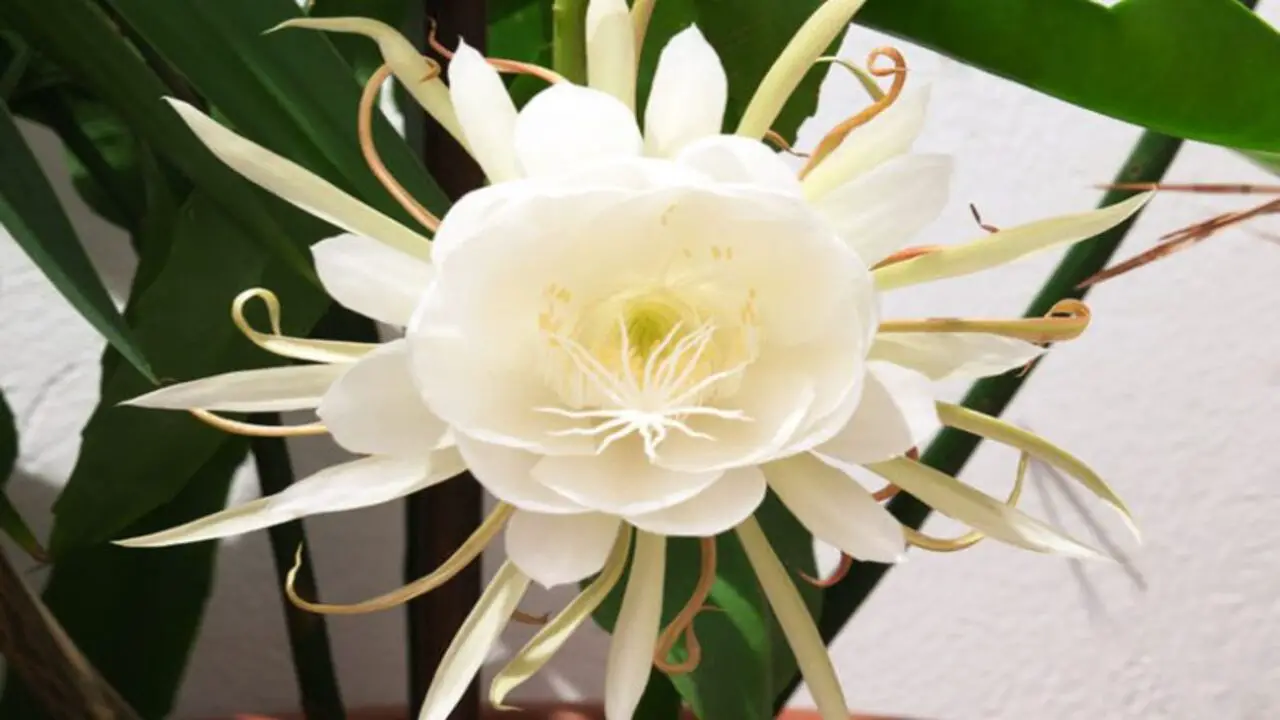
Understanding the common pests of Epiphyllum Oxypetalum is crucial for any horticulturist or plant enthusiast. This knowledge enables us to protect and maintain the health of our plants effectively. The Epiphyllum Oxypetalum, also known as the Queen of the Night or the Night Blooming Cereus, is a stunning and delicate plant that requires special care. However, it is not immune to the threats posed by various pests.
- Aphids: These small, soft-bodied insects feed on the sap of Epiphyllum Oxypetalum, causing stunted growth and distorted leaves.
- Mealybugs: These white, cottony pests can infest the stems and foliage of Epiphyllum Oxypetalum. They are sucking out sap and leaving behind a sticky residue.
- Scale Insects: These tiny, immobile pests attach themselves to the plant’s stems and leaves. They were feeding on the sap and causing yellowing or wilting of the foliage.
- Spider Mites: These tiny arachnids can infest the undersides of the leaves, causing yellow spots, webbing, and eventual leaf drop.
- Thrips: These slender insects can damage the flowers of Epiphyllum Oxypetalum, causing them to become deformed and discolored.
- Snails And Slugs: These mollusks can feed on the leaves and flowers of Epiphyllum Oxypetalum. Leaving behind irregular holes and slime
Common Problems With Plant Epiphyllum Oxypetalum (Mainly Pests)
Understanding and being aware of common problems associated with the plant Epiphyllum Oxypetalum, particularly pests, is crucial for any plant enthusiast or gardener.
This knowledge allows individuals to take proactive measures in preventing and addressing potential issues, ensuring the health and vitality of this beautiful plant species. One of the main reasons why it is important to know about the common problems with Epiphyllum Oxypetalum is the prevalence of pests that can infest and damage the plant.
- Aphids: These small insects can infest Epiphyllum Oxypetalum and cause damage by sucking sap from the plant’s leaves and stems.
- Mealybugs: Mealybugs are another common pest that can be found on Epiphyllum Oxypetalum. They feed on the plant’s sap and can cause wilting and stunted growth.
- Scale Insects: These pests can be found on the stems and leaves of Epiphyllum Oxypetalum. They form small, hard, shelllike coverings and can cause yellowing of the leaves and overall decline of the plant.
- Spider Mites: These tiny pests can infest Epiphyllum Oxypetalum and cause damage by sucking sap from the plant, resulting in yellowing leaves and webbing.
- Thrips: Thrips are tiny insects that can feed on the leaves and flowers of Epiphyllum Oxypetalum. They can cause discoloration, distortion, and damage to the plant’s tissues.
Tips To Keep Epiphyllum Oxypetalum Problem-Free
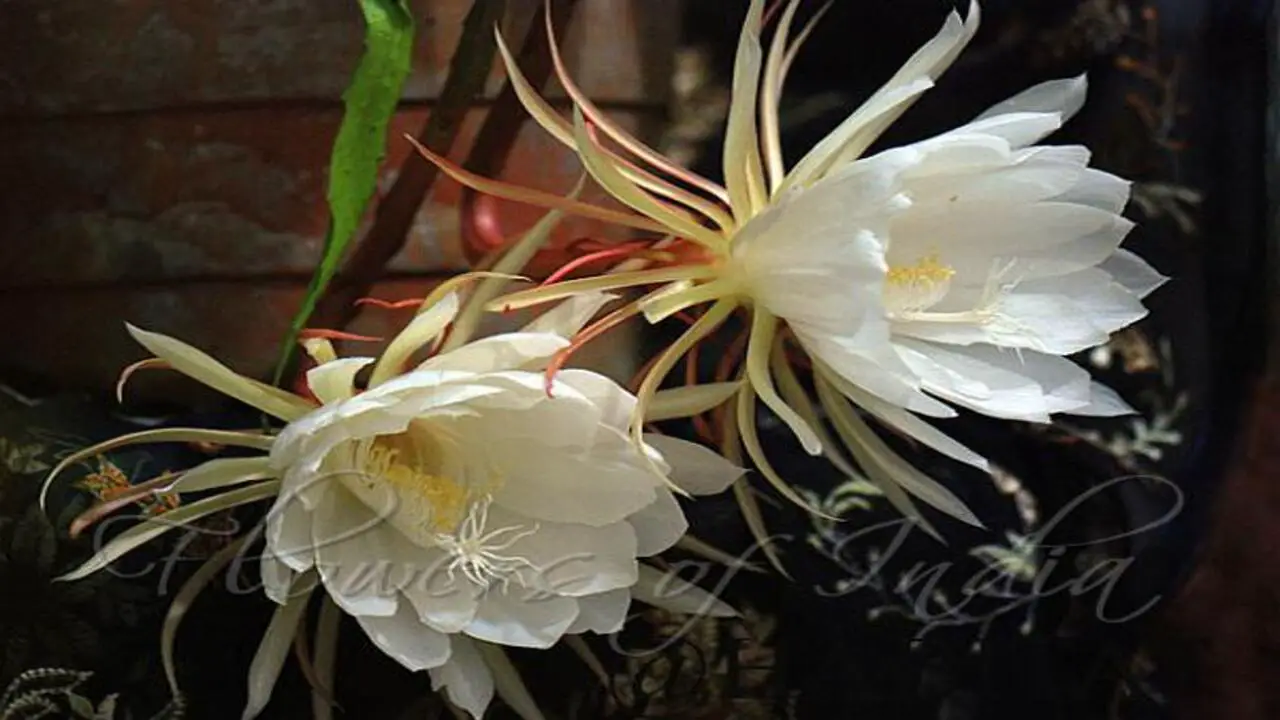
Epiphyllum oxypetalum, commonly known as the Queen of the Night or the Night-Blooming Cactus, is a strikingly beautiful plant that many gardening enthusiasts cherish.
However, keeping this plant problem-free can be quite challenging without the right knowledge and care. Understanding why it is important to know tips to keep Epiphyllum oxypetalum problem-free is essential for ensuring its health and longevity.
- Provide Well-Draining Soil: Epiphyllumoxypetalum, also known as the orchid cactus. Prefers a well-draining soil mix to avoid waterlogged roots and prevent root rot.
- Water Correctly: Water Epiphyllumoxypetalum thoroughly but allow the soil to dry out slightly between waterings. Overwatering can lead to fungal issues and rot.
- Provide Proper Lighting: Place Epiphyllumoxypetalum in a location with bright, indirect light. Avoid direct sunlight, as it can scorch the plant’s leaves.
- Maintain Proper Humidity: Epiphyllumoxypetalum thrives in moderate humidity levels. Consider using a humidifier or placing the plant on a tray filled with pebbles and water to increase humidity.
- Fertilize Regularly: Feed Epiphyllumoxypetalum with a balanced fertilizer during the growing season to promote healthy growth and blooming. Follow the package instructions for proper dilution and frequency.
Conclusion
Caring for Epiphyllum Oxypetalum, also known as the Queen of the Night cactus, requires attention to detail and patience. This unique and stunning plant, native to the tropical regions of Central and South America, has captured the hearts of plant enthusiasts all over the world. By following the proper watering, sunlight, and fertilizing techniques, you can ensure the health and longevity of this beautiful plant.
Additionally, regularly inspecting for pests and diseases and providing proper support for the plant’s growth can also contribute to its well-being. With dedication and proper care, your Epiphyllum Oxypetalum can thrive and dazzle with its stunning blooms for years to come. If you read the above outline properly, we hope now you understand how to care for Epiphyllum Oxypetalum.
FAQ
1.What Is Epiphyllum Oxypetalum?
Epiphyllum Oxypetalum, commonly known as the Night-blooming Cereus or Queen of the Night, is a stunning flowering cactus that blooms only at night.
2.How Much Sunlight Does Epiphyllum Oxypetalum Need?
Epiphyllum Oxypetalum prefers bright, indirect sunlight. It should be placed in a location where it can receive morning or evening sun but avoid direct afternoon sunlight.
3.How Often Should Epiphyllum Oxypetalum Be Watered?
Water Epiphyllum Oxypetalum thoroughly when the top inch of soil feels dry. During the growing season, water it once or twice a week, and reduce watering in winter to prevent overwatering.
4.What Is The Ideal Temperature For Epiphyllum Oxypetalum?
Epiphyllum Oxypetalum thrives in temperatures between 60-80°F (15-27°C). It is important to avoid extreme temperature fluctuations.
5.Does Epiphyllum Oxypetalum Require Specific Lighting Conditions?
Epiphyllum Oxypetalum prefers bright, indirect light. It is best to place it near a window with filtered sunlight or provide artificial light if natural light is insufficient. Avoid direct sunlight, as it can scorch the plant’s leaves.


